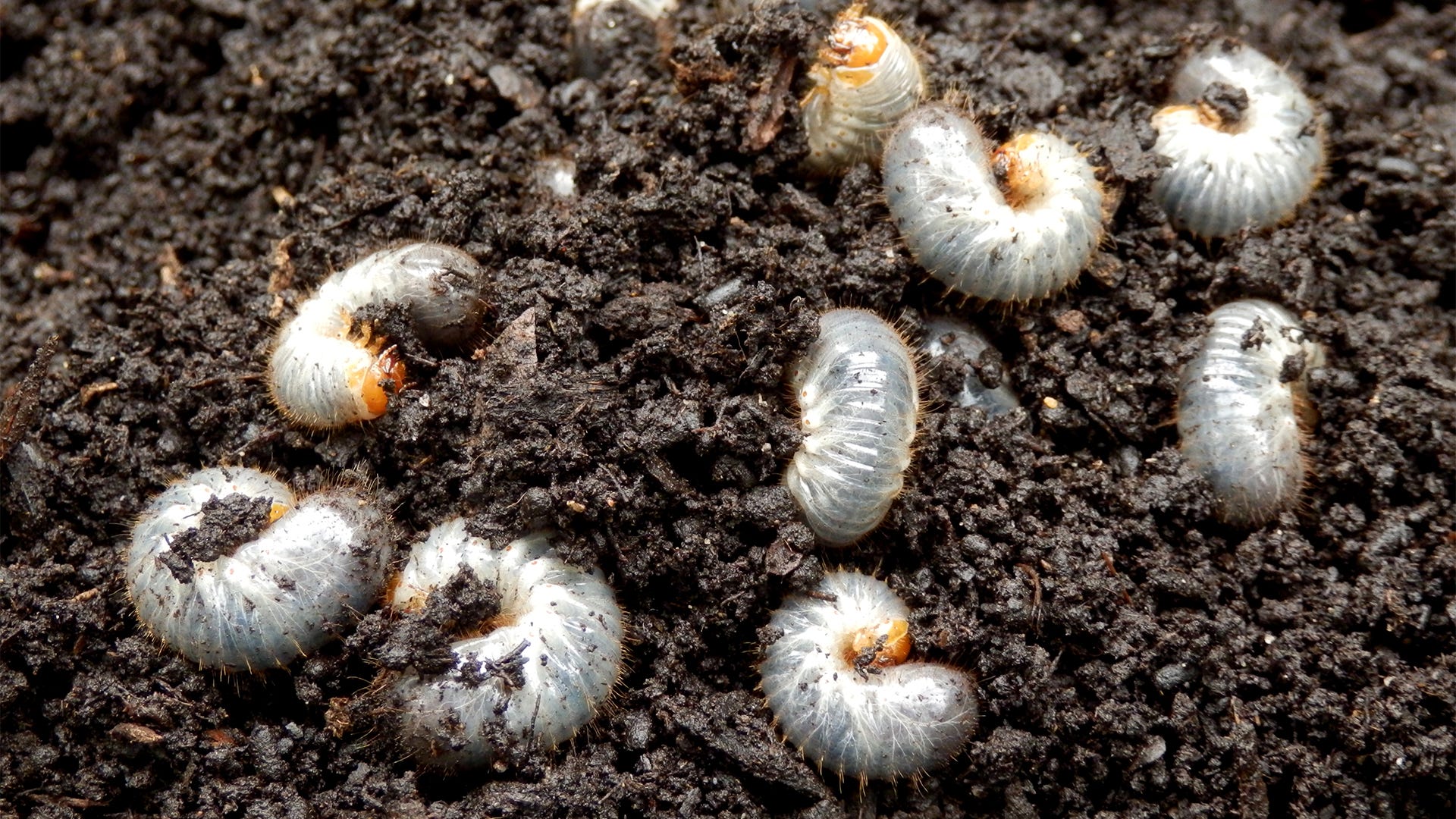

Articles
How To Get Rid Of Garden Grubs
Modified: October 30, 2024
Learn effective methods for eliminating garden grubs and improving your gardening skills with our expert tips and techniques!
(Many of the links in this article redirect to a specific reviewed product. Your purchase of these products through affiliate links helps to generate commission for Storables.com, at no extra cost. Learn more)
Introduction
Garden grubs can be a persistent and troublesome pest for gardeners. These small, larvae-like insects have voracious appetites and can cause significant damage to your plants if left unchecked. In this article, we will explore what garden grubs are, how to identify grub damage, and most importantly, how to get rid of them using natural and chemical treatments.
Before we dive into the specifics of eliminating these pesky creatures, let’s take a closer look at what garden grubs actually are. Garden grubs, also known as white grubs or lawn grubs, are the larval stage of beetles, particularly the May or June Bugs. These C-shaped larvae have soft bodies and can vary in size depending on the species. They are commonly found in the soil, feeding on plant roots and organic matter.
Identifying garden grub damage is essential in order to effectively treat and prevent further destruction. The symptoms of garden grub infestation include wilting or yellowing plants, thinning patches of grass, and visible chewed roots. Additionally, you might notice birds or other animals digging up sections of your lawn or garden as they seek out these tasty morsels.
Now that we have a better understanding of what garden grubs are and how to identify their damage, let’s explore some natural ways to get rid of them. Natural treatments are not only environmentally friendly but also safe for beneficial insects and the overall garden ecosystem.
Key Takeaways:
- Combat garden grubs naturally by handpicking, using milky spore powder, nematodes, and attracting beneficial insects. Prevention through proper lawn care and soil management is crucial for a healthy garden ecosystem.
- When natural methods fall short, consider Bacillus thuringiensis (Bt) or chemical treatments as a last resort. Prevention tips, such as improving soil drainage and using resistant plant varieties, are essential for long-term garden grub control.
Read more: How To Get Rid Of Grubs In Grass
What are garden grubs?
Garden grubs, also known as white grubs or lawn grubs, are the larval stage of beetles, specifically the May or June Bugs. These small, C-shaped larvae have soft bodies and are typically white or off-white in color. They can vary in size depending on the species, but they generally range from a quarter to an inch in length.
As mentioned earlier, garden grubs primarily feed on plant roots and organic matter found in the soil. They are particularly fond of grass roots, which can lead to thinning patches and dead spots in lawns. However, they are not limited to lawns and can infest vegetable gardens, flower beds, and other plantings as well.
Garden grubs have a relatively short lifespan as larvae, typically lasting only a few weeks to a few months. During this time, they go through a series of growth stages, shedding their old exoskeletons as they grow. Eventually, they pupate and emerge as adult beetles. Different species of beetles produce different types of grubs, but all share the common characteristic of being destructive to plants.
There are several species of garden grubs that gardeners commonly encounter. One of the most prevalent is the Japanese beetle grub. These grubs feed on grass roots and can cause significant damage to lawns and gardens. Another common species is the European chafer grub, which is known for its voracious appetite and ability to destroy grass roots. Other types of grubs include the May or June Beetle grubs, Oriental beetle grubs, and Southern masked chafer grubs.
Garden grubs are not only a nuisance because they feed on plant roots, but they can also attract other pests. Animals such as birds, skunks, raccoons, and moles often dig up lawns in search of grubs as a food source. This can lead to additional damage and frustration for gardeners.
Now that we have a better understanding of what garden grubs are, in the next section, we will explore how to identify the damage they cause to plants and lawns.
Identifying garden grub damage
Identifying the damage caused by garden grubs is crucial in order to take appropriate action and protect your plants and lawns. While the specific symptoms can vary depending on the type of plant and severity of the infestation, there are some common signs to look out for.
One of the most noticeable signs of garden grub damage is wilting or yellowing plants. As grubs feed on the roots of plants, they disrupt the flow of nutrients and water, resulting in weakened plants that show signs of stress. Leaves may appear limp or droopy, and the overall growth of the plant may be stunted.
Another telltale sign of garden grub infestation is thinning patches or dead spots in lawns. Grubs feed on the roots of grass, causing the affected areas to become weak and eventually die. These patches may initially appear yellowish, but as the grass dies, they can turn brown and become clearly visible against the surrounding healthy grass.
When inspecting your lawn or garden for grub damage, you may also notice chewed roots. Grubs have strong mandibles that they use to feed on plant roots, leaving behind jagged or uneven chew marks. Carefully dig up a small section of the affected area and examine the roots for these signs.
Additionally, keep an eye out for signs of animal activity. Animals such as birds, skunks, raccoons, and moles are attracted to lawns infested with grubs. They will often dig up sections of the lawn in search of the tasty grubs underneath the surface.
If you suspect garden grubs are responsible for the damage in your garden or lawn, it’s important to confirm their presence. To do this, perform a grub count by digging up a 1-square-foot section of the affected area. Carefully sift through the soil, looking for the white C-shaped grubs. If you find more than five grubs within that small area, it indicates an infestation.
By identifying the signs of garden grub damage, you can take prompt action to control these pests. In the next section, we will explore natural ways to get rid of garden grubs and protect your plants.
Natural ways to get rid of garden grubs
When it comes to eliminating garden grubs, there are several natural methods you can try that are both effective and environmentally friendly. These methods not only target the grubs directly but also help maintain a healthy garden ecosystem. Here are some natural ways to get rid of garden grubs:
- Handpicking: One of the simplest ways to control a small infestation is to manually remove the grubs from the affected area. You can wear gloves and gently pick the grubs off the roots of your plants or from the soil. Dispose of them in a bucket of soapy water to ensure they are effectively eliminated.
- Milky spore powder: Milky spore powder is a naturally occurring bacterium, Bacillus popilliae, that specifically targets the grubs of Japanese beetles. When applied to the soil, it infects the grubs and continues to multiply within their bodies, leading to their eventual death. Follow the instructions on the product for the correct application method and timing.
- Nematodes: Beneficial nematodes are microscopic organisms that prey on garden grubs. These tiny worms can be purchased in a powder form and mixed with water for application. Simply spray the nematode solution onto the affected areas of your lawn or garden. The nematodes will enter the grubs and release bacteria that kill them from the inside.
- Attract beneficial insects: Encouraging beneficial insects, such as ground beetles, birds, and toads, can help naturally control garden grubs. By providing a habitat that attracts these predators, you create a natural balance in your garden. Planting flowers and herbs that attract pollinators and beneficial insects, like daisies, marigolds, and parsley, can help bring in these helpful allies.
- Healthy soil management: Maintaining healthy soil conditions is essential in preventing garden grub infestations. Regularly aerate your lawn to improve soil drainage and reduce the conditions that favor grubs. Avoid overwatering as this can attract grubs and create an environment suitable for their growth. Implementing proper lawn care practices, such as regular mowing and fertilization, can also help prevent and control grub populations.
It’s important to note that natural methods may require patience and repeated applications to achieve the desired results. They are generally most effective for small to moderate infestations. If the infestation is severe or persists despite natural treatments, you may need to consider chemical options. In the next sections, we will explore Bacillus thuringiensis (Bt) treatments and chemical treatments for garden grubs.
To get rid of garden grubs, apply beneficial nematodes to the soil. These microscopic organisms will seek out and destroy the grubs without harming other beneficial insects.
Bacillus thuringiensis (Bt) treatment for garden grubs
Bacillus thuringiensis (Bt) is a naturally occurring bacterium that has proven to be effective in controlling a wide range of pests, including garden grubs. Bt produces crystal proteins that are toxic to certain insect larvae, including many types of grubs.
When using Bt for garden grub control, it is important to choose a product specifically formulated for this purpose. Bt products are available in liquid or powder form and can be applied either by spraying or drenching the affected area.
Follow these steps to effectively use Bt for garden grub treatment:
- Identify the affected areas: Inspect your lawn or garden to identify the areas where grubs are causing damage. These may include patches of dying grass or wilting plants.
- Mix the Bt solution: Prepare the Bt solution according to the instructions on the product label. This typically involves diluting the liquid concentrate or mixing the powder with water.
- Apply the Bt treatment: Use a garden sprayer or watering can to apply the Bt solution to the affected areas. Make sure to thoroughly cover the soil surface where the grubs are present.
- Repeat as needed: Depending on the severity of the infestation, you may need to reapply the Bt treatment every one to two weeks. This will ensure that any newly hatched grubs are also affected.
It is important to note that Bt specifically targets the larvae of certain insect species and is considered safe for humans, pets, and beneficial insects when used as directed. However, it is still important to follow the recommended safety precautions, such as wearing gloves, when applying the solution.
It’s worth mentioning that Bt treatments may take some time to show results, as it requires the grubs to ingest the bacterium and subsequently stop feeding. Nevertheless, Bt can be an effective and environmentally friendly option for controlling garden grub infestations.
In the next section, we will explore chemical treatments that can be used as an alternative or complement to natural and Bt treatments for garden grubs.
Read more: How To Get Rid Of Grub Worms In Grass
Chemical treatments for garden grubs
If natural methods and Bt treatments have proven ineffective in controlling your garden grubs or if you are dealing with a severe infestation, chemical treatments can be considered as an alternative. Chemical insecticides specifically formulated for garden grubs are available and can provide quick and effective control. However, it is important to handle and apply these chemicals with caution, following the instructions on the product label.
When choosing a chemical treatment for garden grubs, look for insecticides that are labeled for grub control and have the active ingredient specifically listed for targeting grubs. Common active ingredients found in garden grub insecticides include imidacloprid, carbaryl, and trichlorfon.
Here are some guidelines to follow when using chemical treatments for garden grubs:
- Identify the affected areas: Determine the areas in your garden or lawn where grubs are causing significant damage.
- Select the appropriate insecticide: Choose a garden grub insecticide that contains an active ingredient effective against grubs. Read the product label carefully to ensure it is suitable for use on the plants or lawn area you are treating.
- Mix and apply the insecticide: Follow the instructions on the product label regarding mixing ratios and application methods. Apply the insecticide evenly to the affected areas, thoroughly covering the soil surface.
- Take precautionary measures: When applying chemical insecticides, it is important to wear protective clothing, such as gloves and a mask, to minimize exposure to the product. Keep pets and children away from treated areas until the insecticide has dried or as directed on the product label.
- Repeat application if necessary: Depending on the severity of the infestation, you may need to reapply the insecticide after a certain period of time, as specified on the product label.
Chemical treatments can provide effective and immediate control of garden grubs. However, it’s important to keep in mind that chemical insecticides have the potential to harm beneficial insects and the environment. Use them as a last resort and in accordance with the instructions and precautions provided by the manufacturer.
Prevention is always the best approach when it comes to managing garden grubs. In the following section, we will discuss some practical tips to help prevent garden grub infestations in the first place.
Prevention tips for avoiding garden grubs
Prevention is key when it comes to avoiding garden grub infestations. By implementing proactive measures, you can reduce the likelihood of grubs taking hold in your garden. Here are some practical tips to help prevent garden grubs:
- Practice proper lawn care: Maintaining a healthy lawn is crucial in preventing garden grub infestations. Regularly mow your lawn at the appropriate height for your grass type and remove any thatch buildup. Thatch provides an ideal environment for grubs to thrive.
- Improve soil drainage: Garden grubs prefer moist soil conditions, so it’s important to ensure good drainage in your garden or lawn. Aerate the soil annually to improve water absorption and prevent waterlogging, which can attract grubs.
- Water your lawn correctly: Avoid overwatering your lawn, as excessive moisture can create an environment that favors grubs. Water deeply but infrequently to encourage deep root growth and stronger grass plants.
- Encourage beneficial insects and birds: Attracting natural predators of grubs, such as ground beetles, birds, and toads, can help keep their population in check. Create habitats that attract these beneficial insects and provide bird feeders, birdhouses, or birdbaths to encourage birds to visit your garden.
- Rotate crops: If you have a vegetable garden, practice crop rotation to disrupt the life cycle of pests, including grubs. Moving plants to different locations each year can help prevent the buildup of grub populations in specific areas.
- Use resistant plant varieties: Some plants have natural resistance to garden grubs. Research and choose plant varieties that are known to be less susceptible to grub damage, reducing the risk of infestation.
- Inspect and remove grub-infested plants: Regularly inspect your plants for signs of grub damage. If you find plants that are heavily infested, remove and dispose of them properly to prevent the spread of grubs to other areas.
- Consider preventative insecticide treatments: In cases where garden grubs have been a recurring problem or are known to be prevalent in your area, you may opt for preventative insecticide treatments. Apply an insecticide specifically labeled for grub prevention early in the season, following the instructions provided.
By implementing these prevention tips, you can minimize the risk of garden grub infestations and maintain a healthier garden overall. Keep in mind that prevention is often easier and more effective than trying to cure an infestation.
To sum it up, garden grubs can be a nuisance, causing damage to lawns and plants. However, with proper identification, natural remedies, and preventative measures, you can effectively control and prevent garden grub infestations, ensuring a thriving and beautiful garden.
Conclusion
Garden grubs can be a persistent problem for gardeners, causing damage to lawns, vegetables, and ornamental plants. However, with proper identification and the right strategies, you can effectively control and prevent these pests from wreaking havoc in your garden.
We explored what garden grubs are, how to identify their damage, and various treatment options. Natural methods, such as handpicking, using milky spore powder, nematodes, and encouraging beneficial insects, provide environmentally friendly ways to control garden grubs. These methods help maintain a healthy garden ecosystem while combating the problem at hand.
If natural methods prove ineffective or for severe infestations, chemical treatments can be used as a last resort. However, it’s important to handle and apply these insecticides with caution, following the instructions provided by the manufacturer.
Prevention is the best approach in managing garden grubs. By practicing proper lawn care, improving soil drainage, attracting beneficial insects and birds, and using resistant plant varieties, you can minimize the risk of infestations. Regular inspections and early removal of infested plants, as well as considering preventative insecticide treatments when necessary, can also help in prevention.
Remember, it’s crucial to strike a balance between effective pest control and maintaining the overall health of your garden. By implementing these strategies and staying proactive, you can enjoy a thriving garden free from the damage caused by garden grubs.
So go ahead, arm yourself with the knowledge and tools to combat these pests, and create a beautiful and flourishing garden that brings you joy throughout the seasons.
Frequently Asked Questions about How To Get Rid Of Garden Grubs
Was this page helpful?
At Storables.com, we guarantee accurate and reliable information. Our content, validated by Expert Board Contributors, is crafted following stringent Editorial Policies. We're committed to providing you with well-researched, expert-backed insights for all your informational needs.
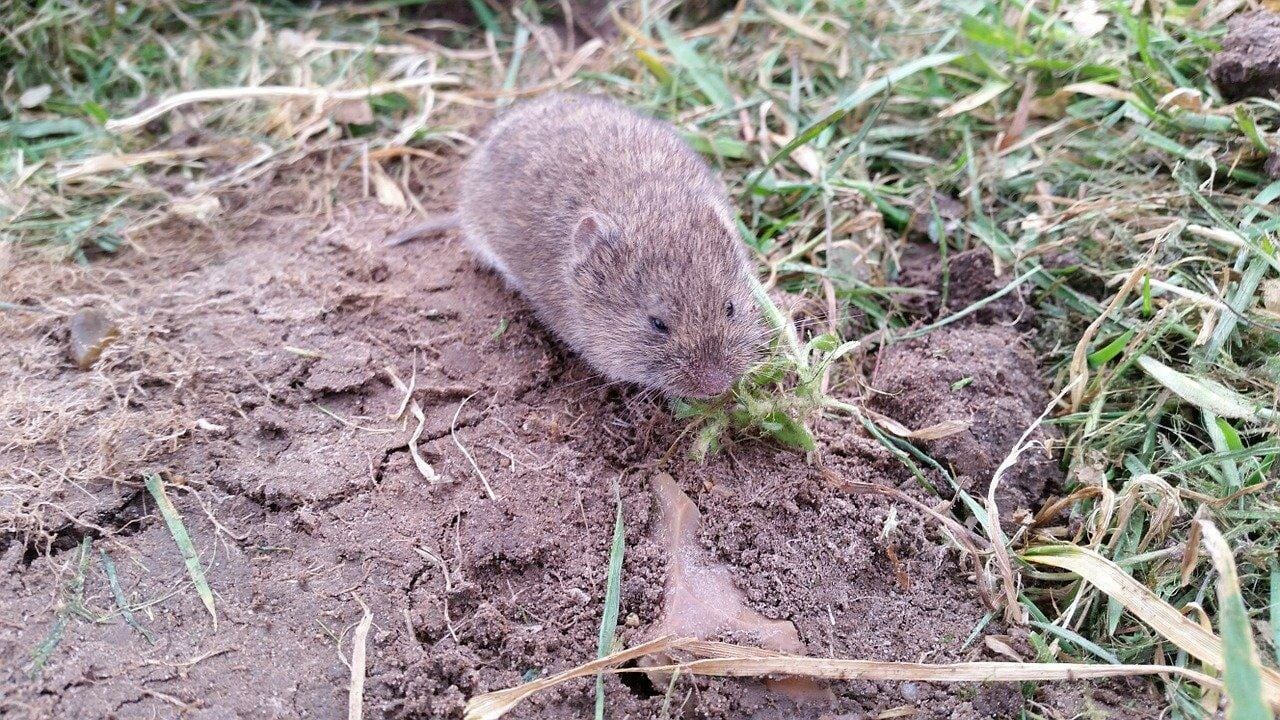
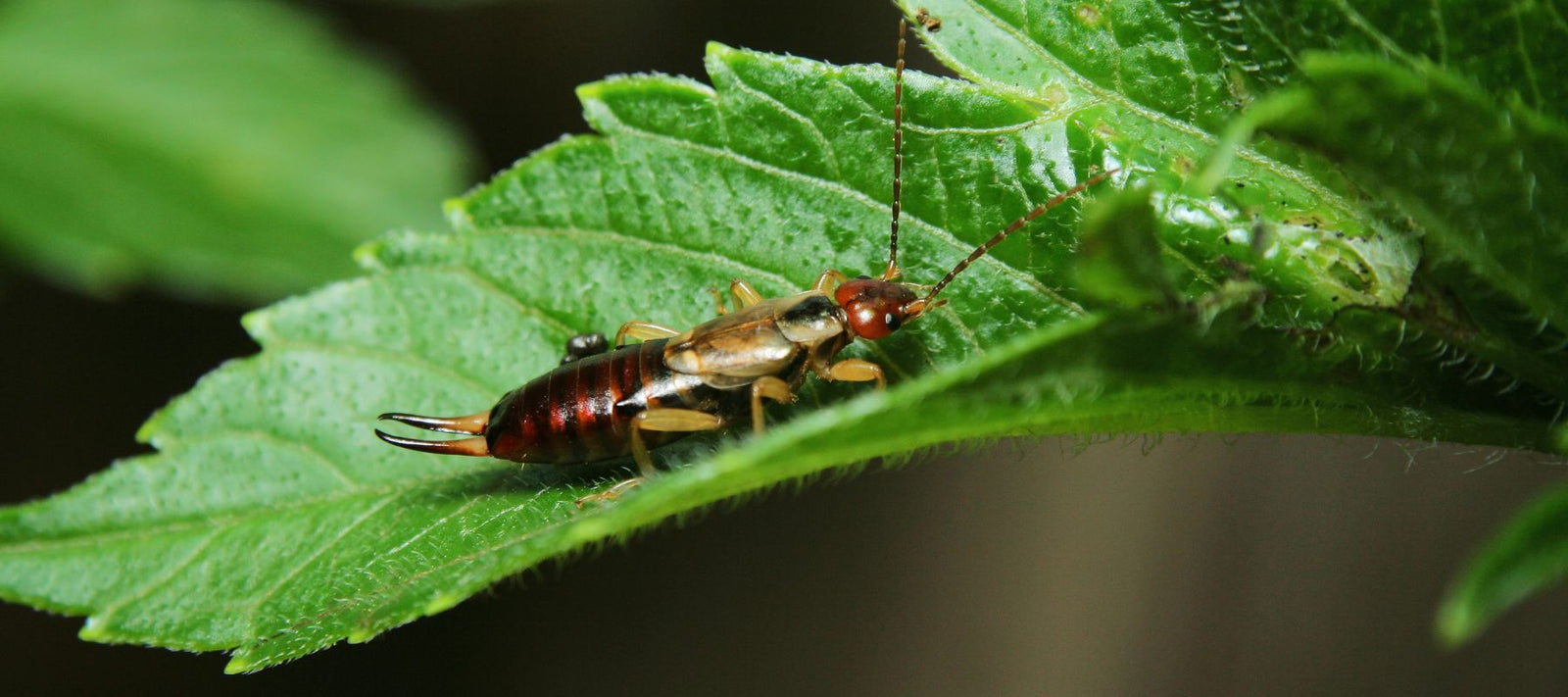
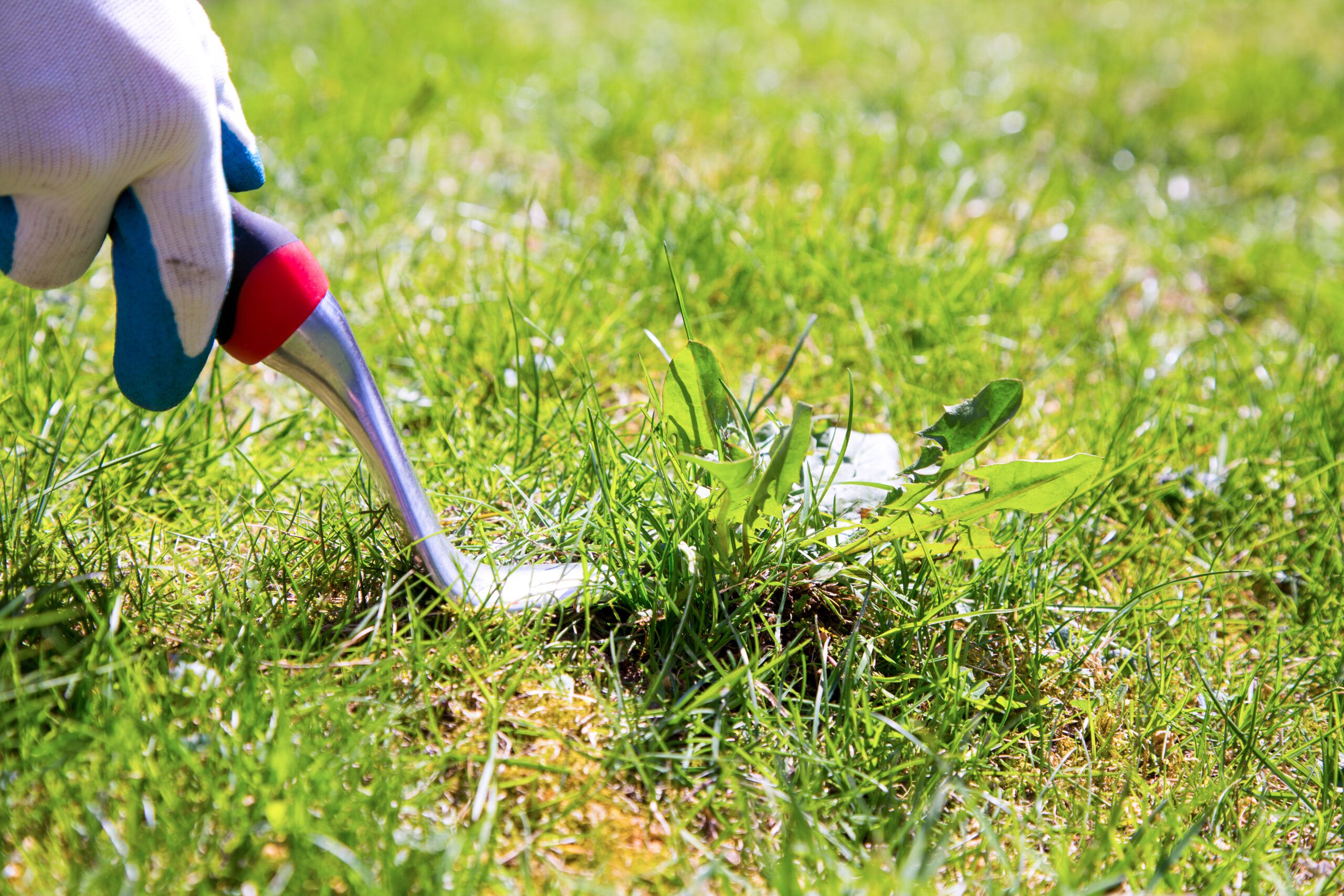
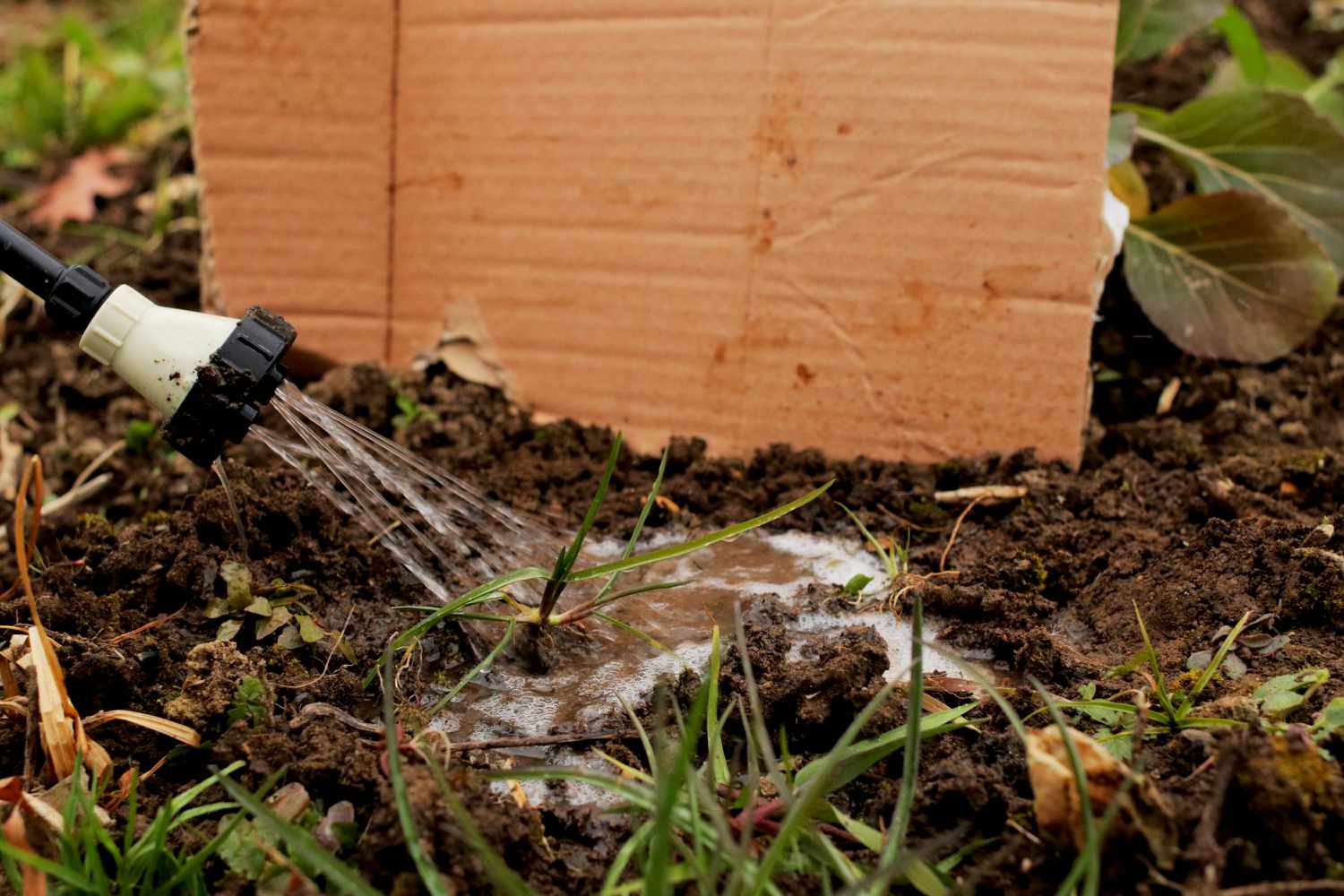
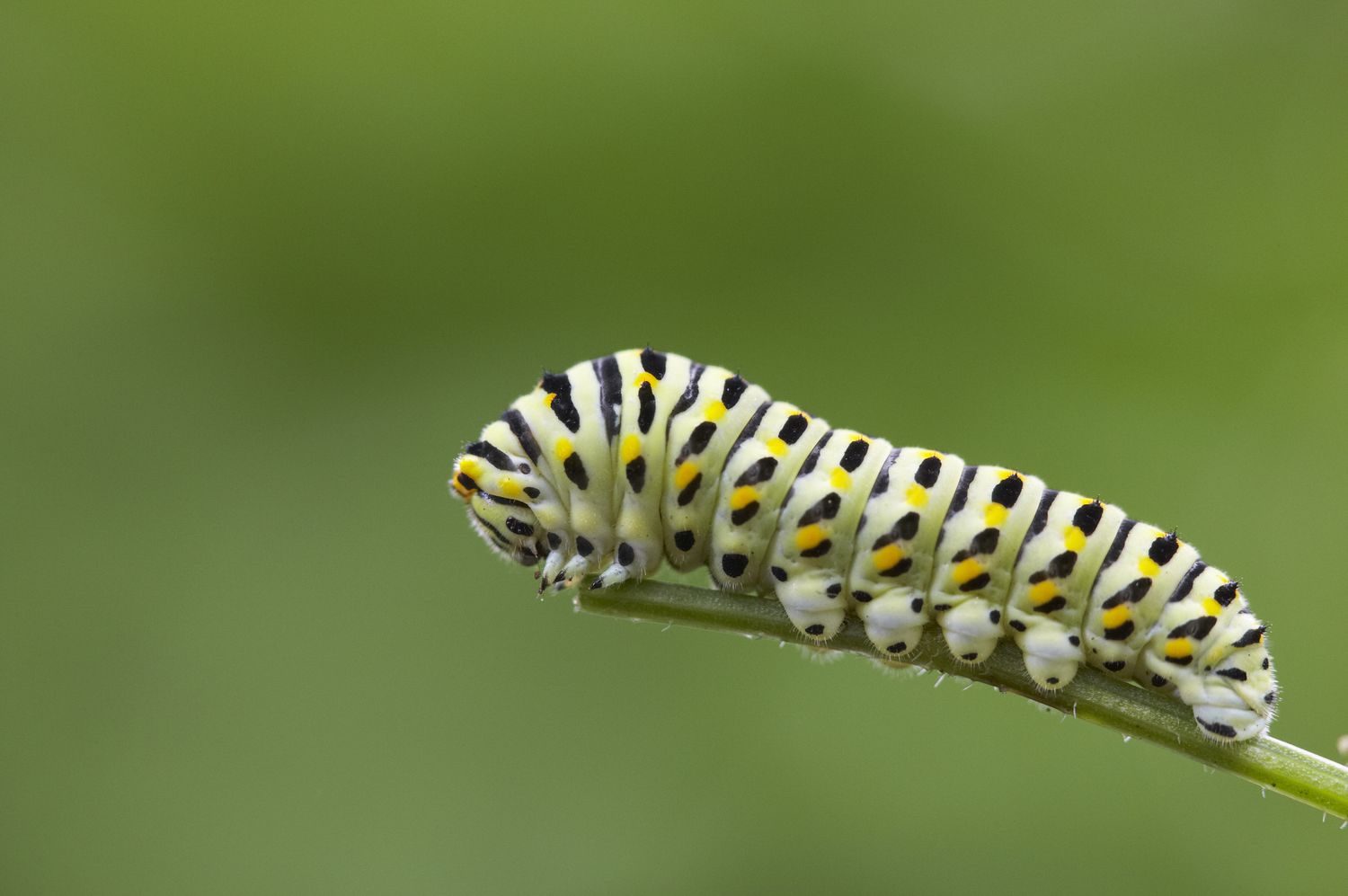





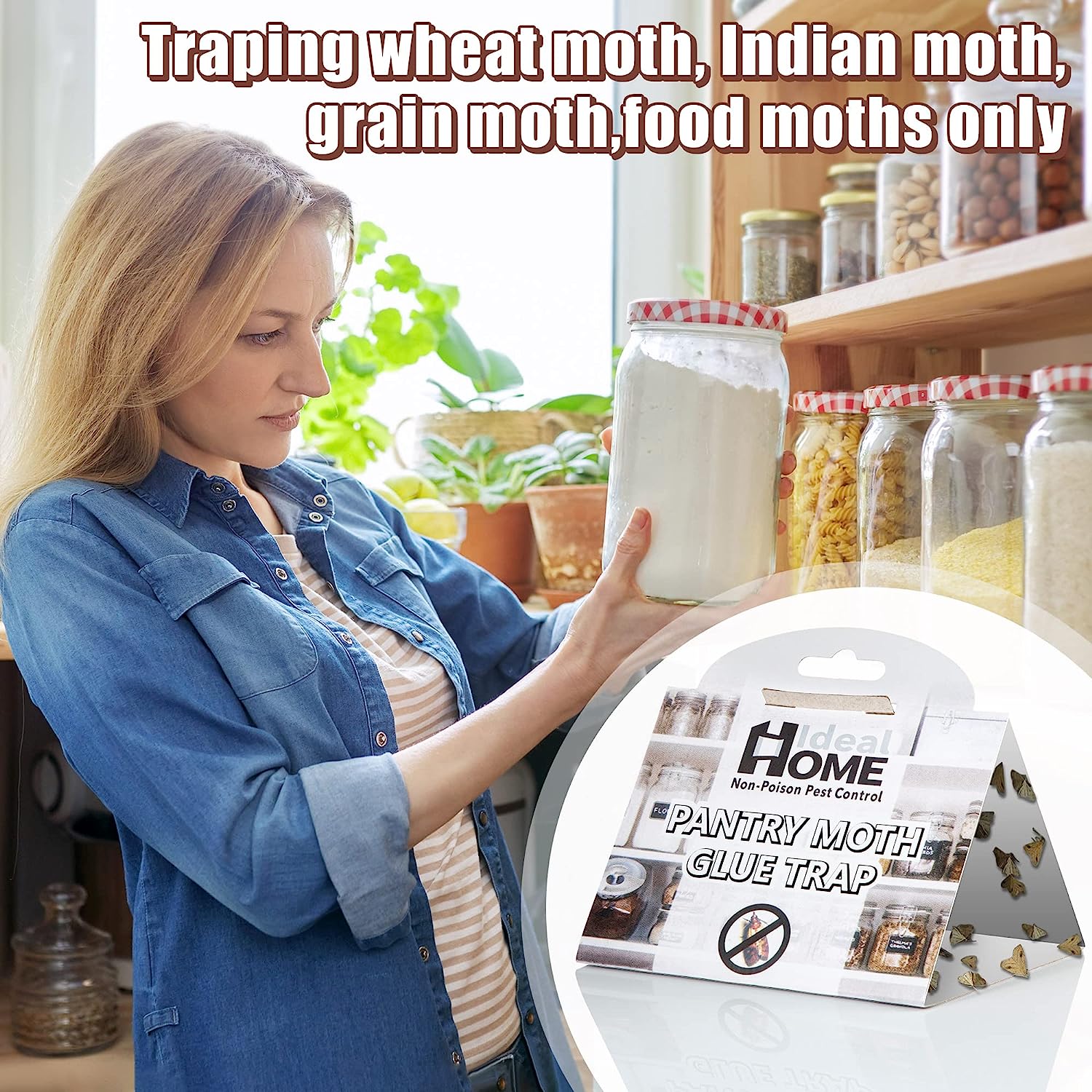
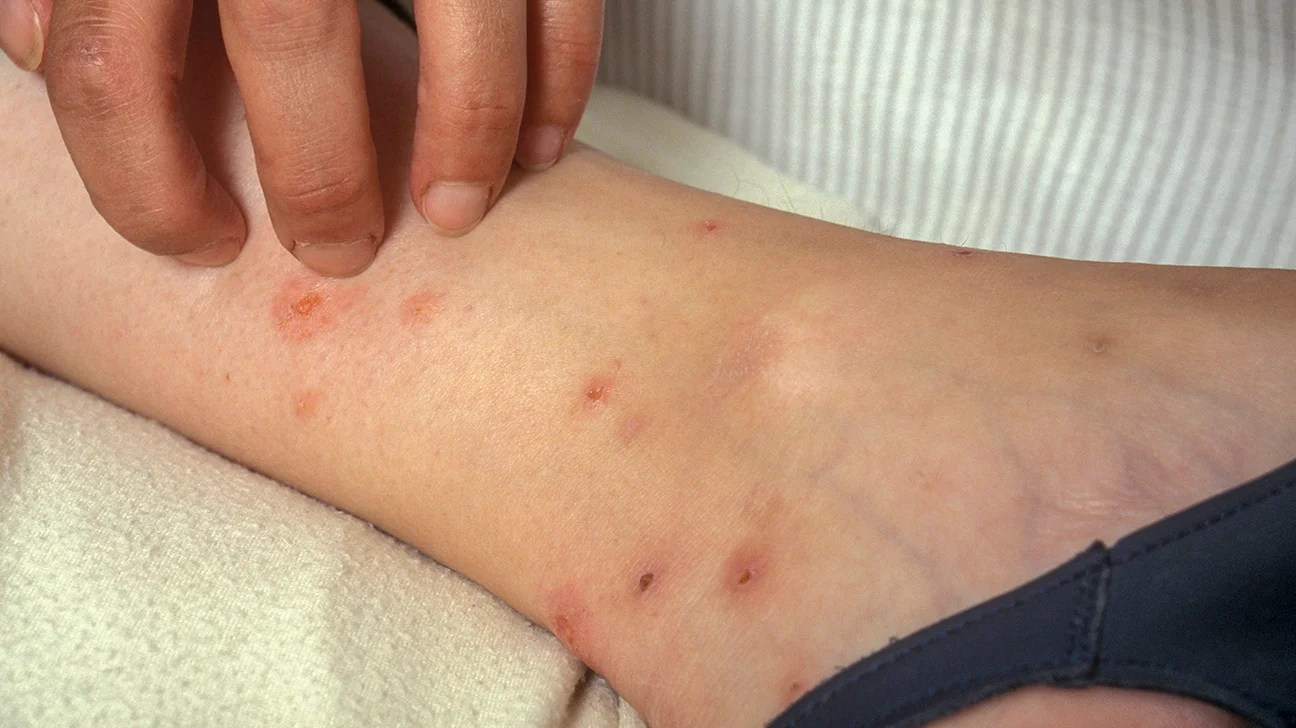
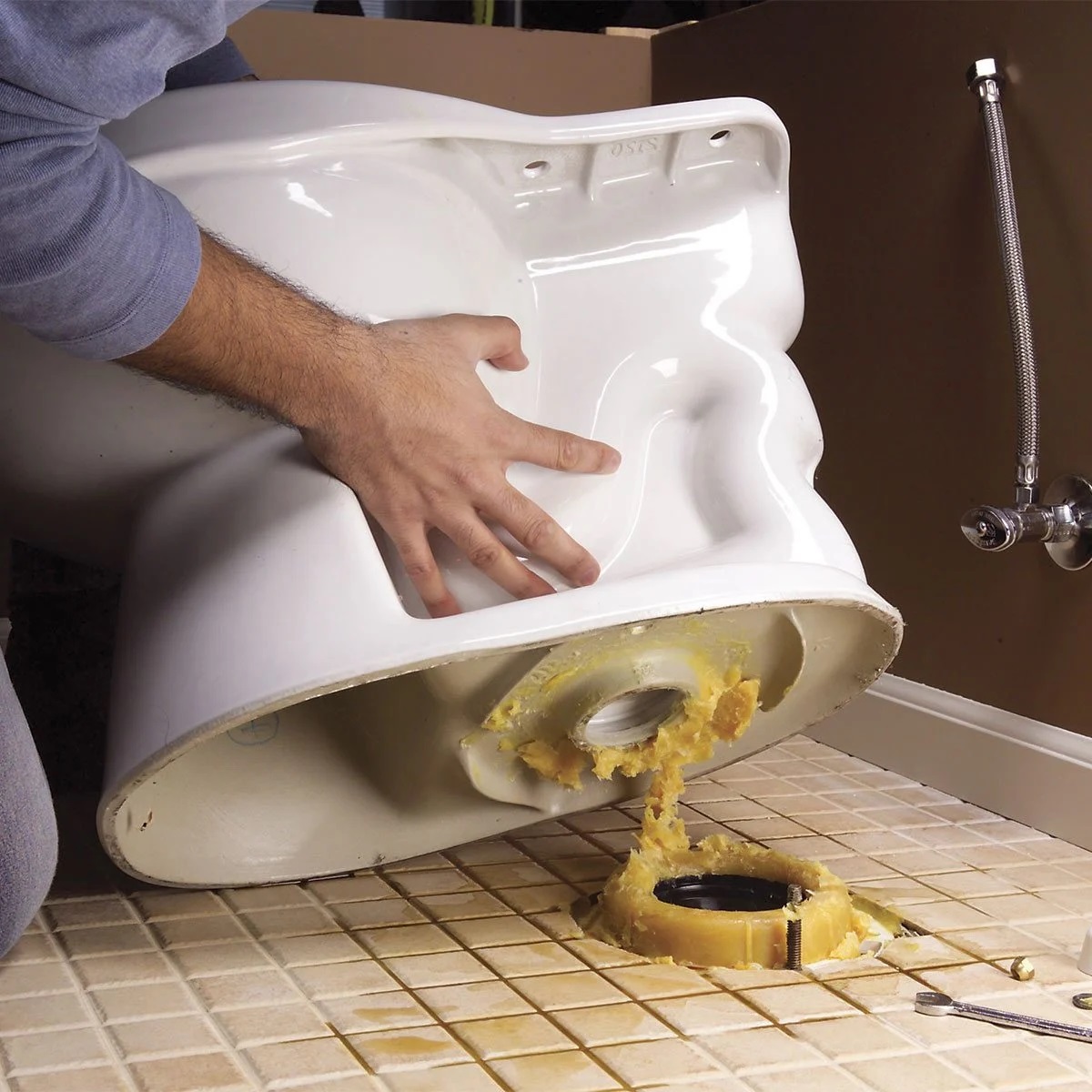
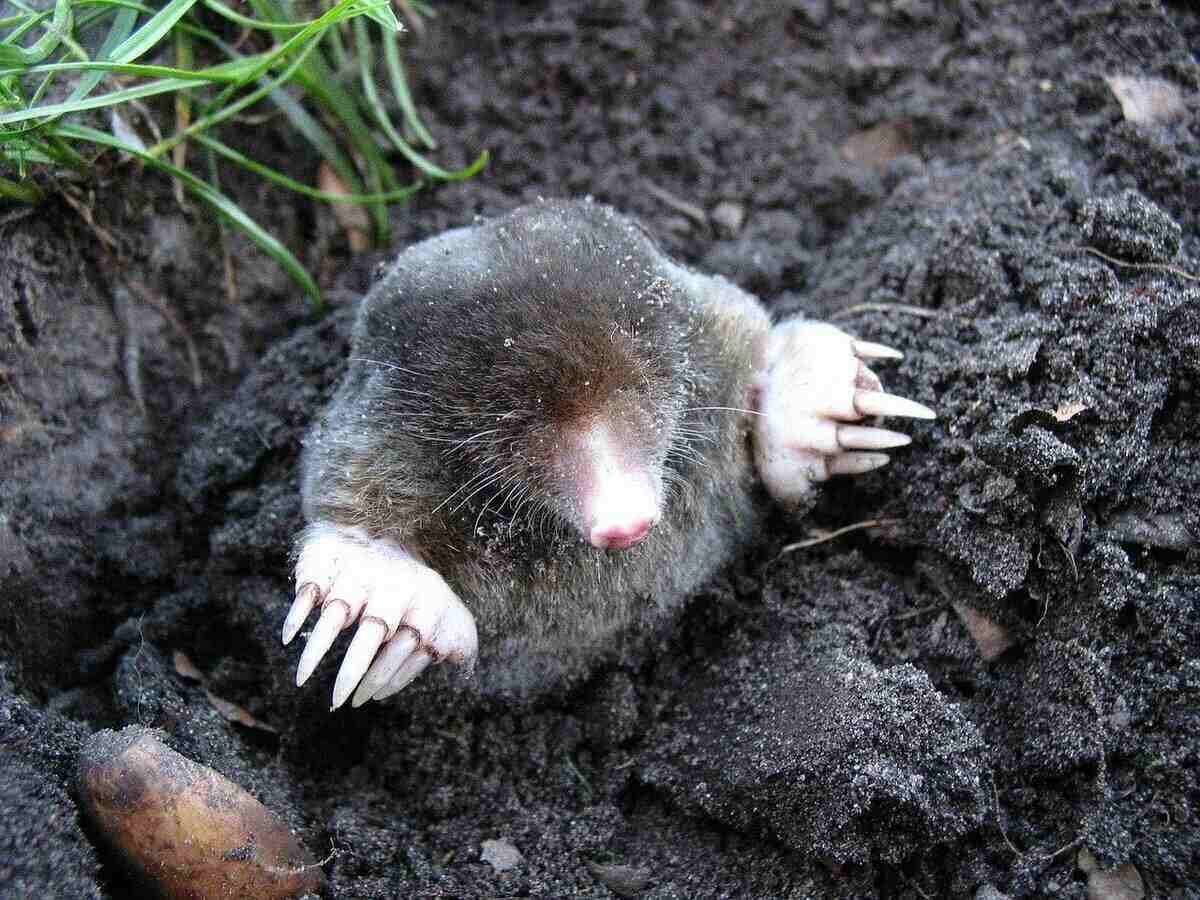

0 thoughts on “How To Get Rid Of Garden Grubs”